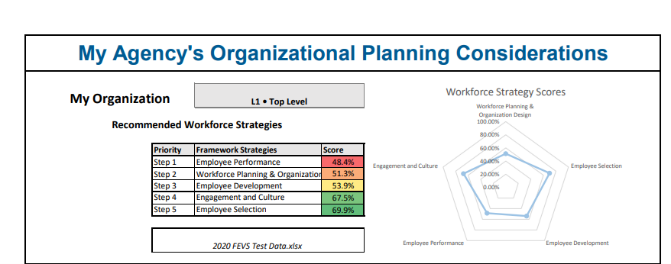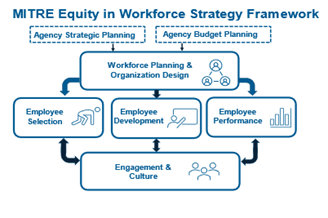The FIIT provides agencies an evidence-based, data-driven approach for assessing the extent to which their practices may produce inequitable outcomes. It also provides practical actions for overcoming systemic organizational barriers to DEI. In addition, the FIIT can help agencies respond to the directives found in recent White House Executive Order 14035, Diversity, Equity, Inclusion, and Accessibility in the Federal Workforce, issued on June 25th.
The FIIT enables agencies to use OPM’s publicly available data to view the index rankings and conduct comparative analysis associated with the New Inclusion Quotient Index (New IQ) and the FOCSE (Fair, Open, Cooperative, Supportive, Empowering) categories used from 2017-2020. The FIIT also helps agencies prioritize actions based on the five habits of inclusion. For example, agencies can use the FIIT to answer the following questions:
• Fair: Are all employees treated fairly?
• Open: Is there support for diversity in all ways?
• Cooperative: Does management encourage communication and collaboration?
• Supportive: Do supervisors value employees?
• Empowering: Do employees have the resources and the support needed to excel?





